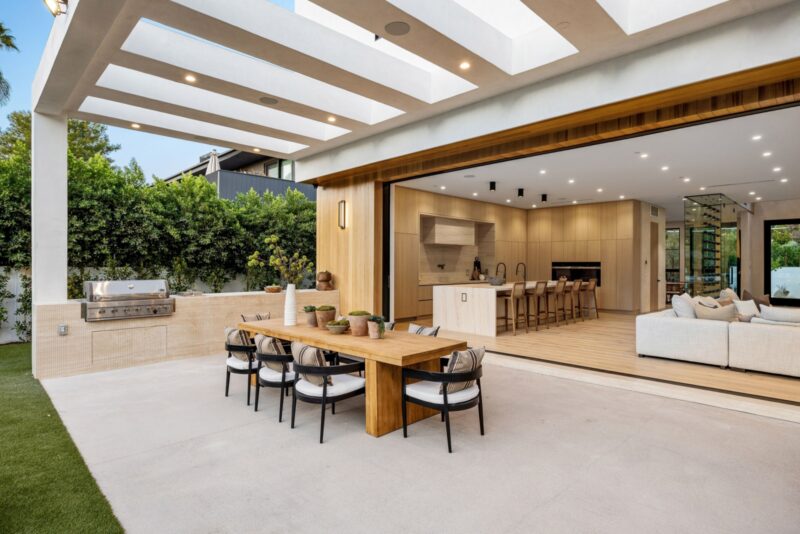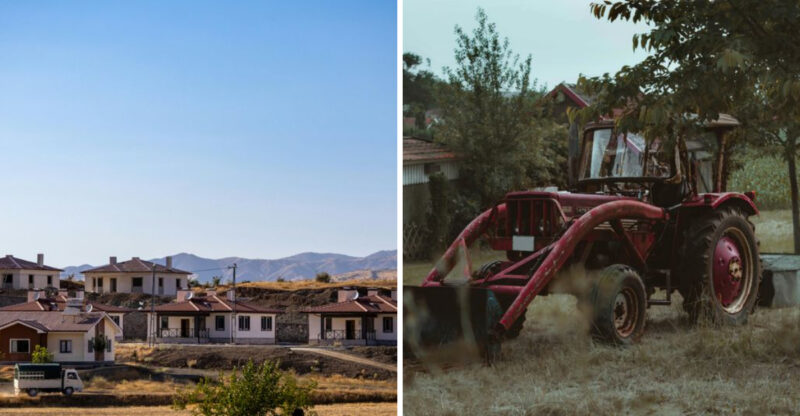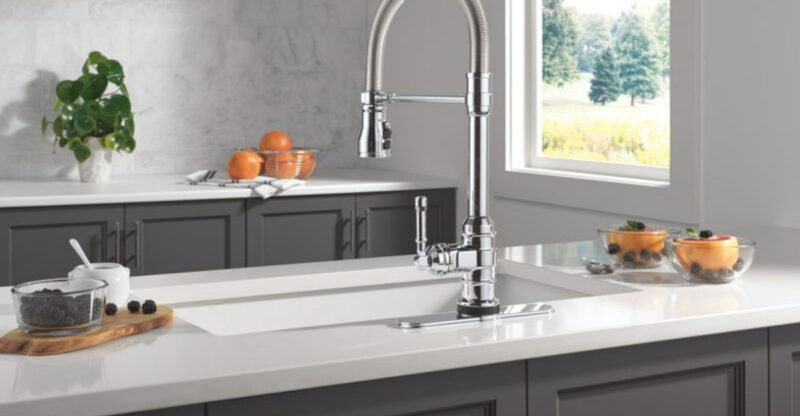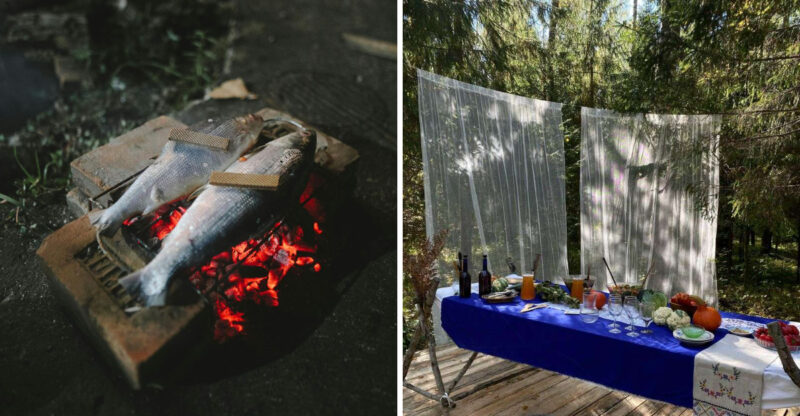7 Items Utah Homeowners Could Remove In 2026 And 5 Decor Trends Past Their Peak
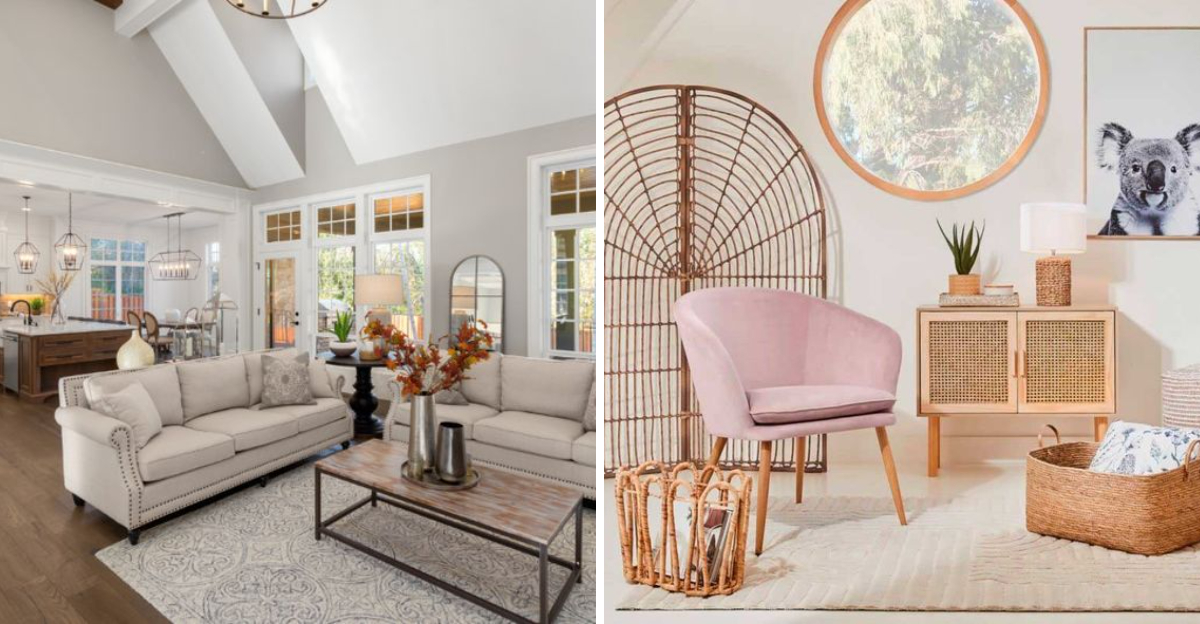
As we look ahead to 2026, it’s the perfect time to refresh our living spaces with intention and a touch of modern flair. For Utah homeowners, preparing for a new year often means more than just tidying up.
It’s about optimizing space, embracing sustainability, and ensuring your home truly reflects your lifestyle and current aesthetic amidst the unique demands of mountain living and family life.
So, as you dream of a more serene and stylish abode, consider this your guide to a home refresh.
1. Thirsty Kentucky Bluegrass Lawns

Water conservation concerns have put traditional lawns on the chopping block for Utah homeowners. The Great Salt Lake’s shrinking shoreline and recurring drought conditions are making water-intensive Kentucky bluegrass increasingly impractical and socially frowned upon.
Local municipalities are already offering rebates to replace grass with xeriscaping. By 2026, expect more neighborhoods to showcase desert-friendly alternatives like buffalo grass, native wildflowers, and artistic rock gardens that celebrate Utah’s natural landscape.
The transformation isn’t just environmentally responsible. Drought-resistant landscaping can reduce water bills by up to 60% while requiring significantly less maintenance throughout Utah’s hot summer months.
2. Massive Kitchen Islands
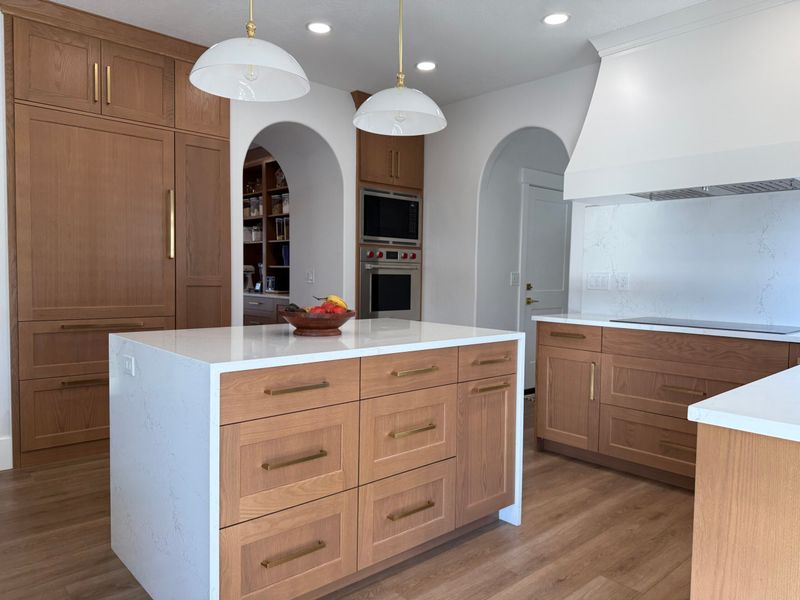
The oversized kitchen island trend has dominated Utah homes for years, but practical considerations are finally catching up. These massive centerpieces often create awkward traffic flow and consume valuable floor space that could better serve growing families.
Forward-thinking homeowners are opting for more proportional islands or flexible peninsula configurations that provide necessary workspace without overwhelming the room. The shift acknowledges that Utah’s multigenerational households need versatile kitchen layouts rather than status symbols.
The money saved from building smaller islands is being redirected toward quality appliances and thoughtful storage solutions. They better reflect how modern Utah families actually cook and gather.
3. Outdated Popcorn Ceilings
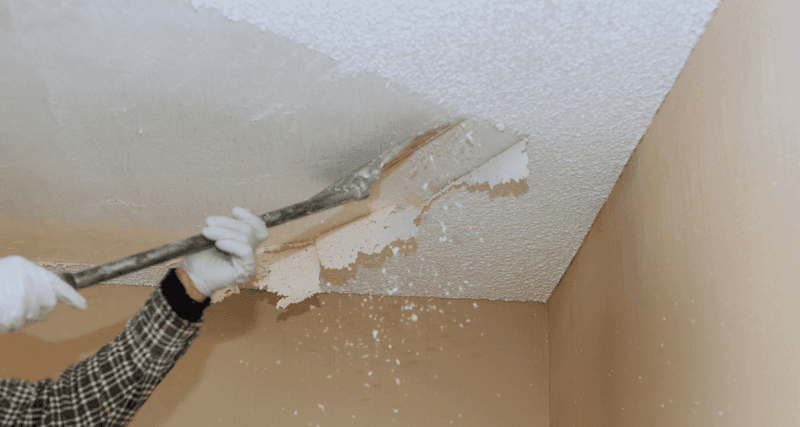
Textured “popcorn” ceilings that once graced many Utah homes built between the 1960s and 1990s are finally meeting their demise. Beyond their dated appearance, these relics can harbor dust, complicate painting projects, and potentially contain asbestos in older installations.
Local contractors report removal services are booked months in advance as homeowners prioritize this update. The fresh, smooth ceilings that replace them instantly modernize spaces while improving acoustics and light reflection throughout mountain-adjacent homes.
For the budget-conscious, simple scraping tools and protective gear can make this a DIY project. But professional testing is recommended for homes built before 1980 when asbestos was commonly used.
4. Builder-Grade Oak Cabinets
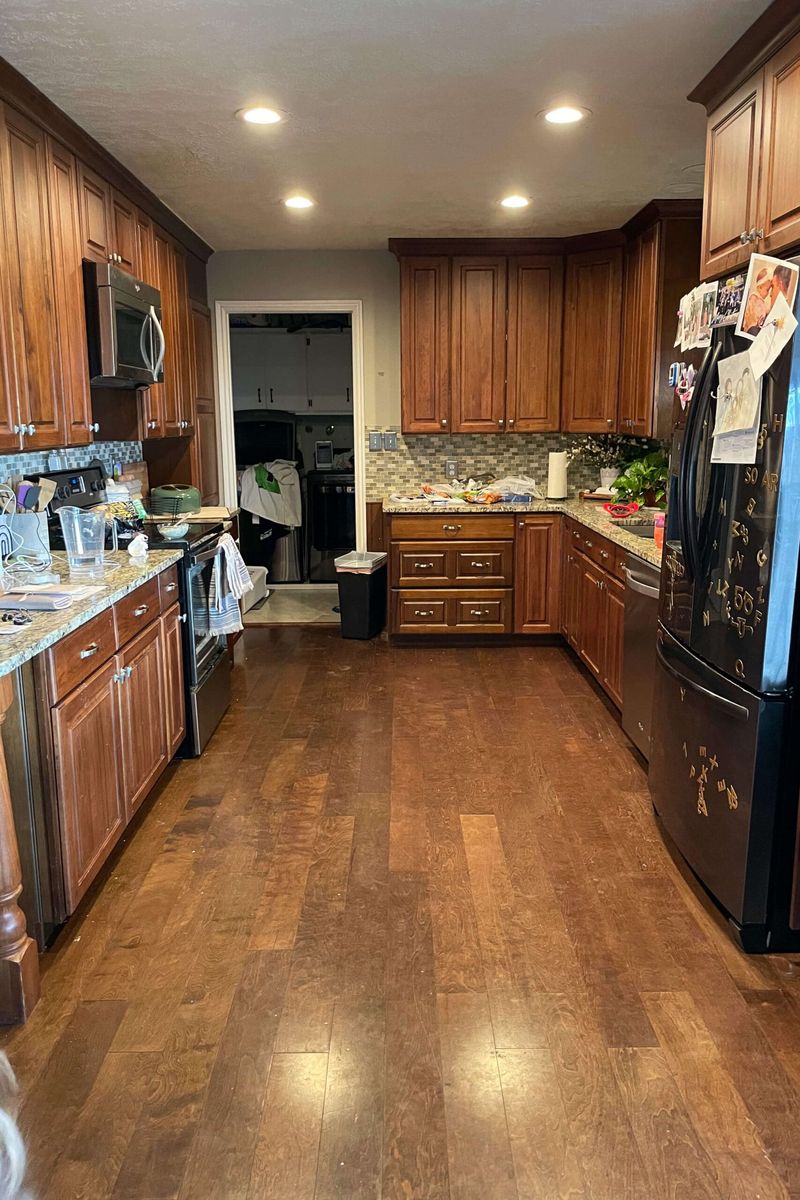
The honey-colored oak cabinets that dominated Utah homes in the 1990s and early 2000s are rapidly disappearing from kitchens statewide. Their distinctive grain pattern and yellowish tone clash with today’s cleaner aesthetic preferences and make spaces feel unnecessarily busy.
Homeowners are discovering that painting existing cabinets in soft whites or muted sage greens can dramatically transform spaces without the environmental waste of complete replacement. Those opting for new installations are choosing simpler styles with clean lines that complement Utah’s spectacular mountain views.
It’s better than competing with them. Local cabinet refinishers report being booked six months out as this trend accelerates across neighborhoods from St. George to Logan.
5. Unused Formal Living Rooms

The formal living room – that pristine space reserved mostly for holidays and special guests – is rapidly disappearing from Utah’s housing landscape. Families are recognizing these rooms often sit empty while household members crowd into other areas.
Creative homeowners are reimagining these spaces as home offices, study zones for school-age children. Or flexible areas that accommodate Utah’s active lifestyle with exercise equipment or craft stations. The pandemic accelerated this shift as remote work became normalized across the Wasatch Front.
Real estate agents note that homes with practical, multi-purpose spaces now command higher prices than those with traditional formal areas. They serve little daily function in busy Mormon family households.
6. Oversized Jetted Tubs
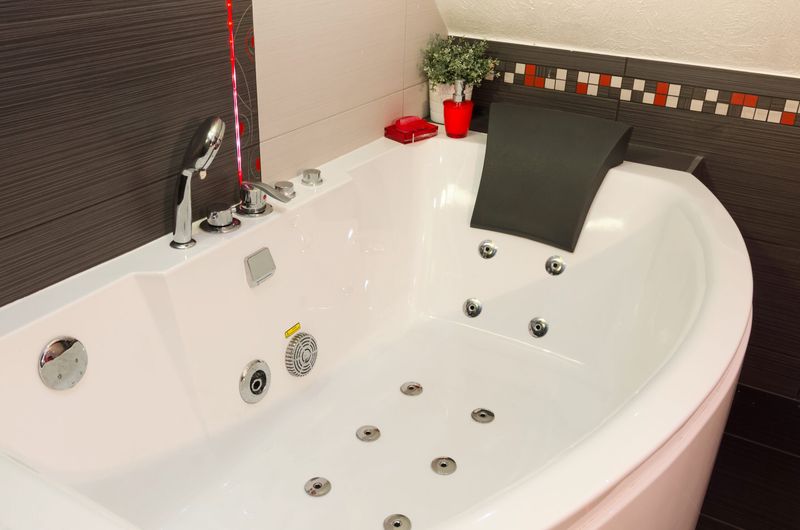
Massive jetted tubs that were once considered the height of bathroom luxury are increasingly seen as wasteful water hogs in drought-conscious Utah. Many homeowners report rarely using these space-consuming fixtures that require gallons of water and significant cleaning maintenance.
The trend toward removing these relics is gaining momentum, with walk-in showers featuring multiple spray heads or steam functions taking their place. Some homeowners are opting for smaller, deeper soaking tubs that use less water while still providing relaxation benefits.
Local bathroom remodelers note that removing these dated tubs often reveals additional square footage. It can be reclaimed for expanded shower space or practical storage solutions.
7. Wood-Burning Fireplaces
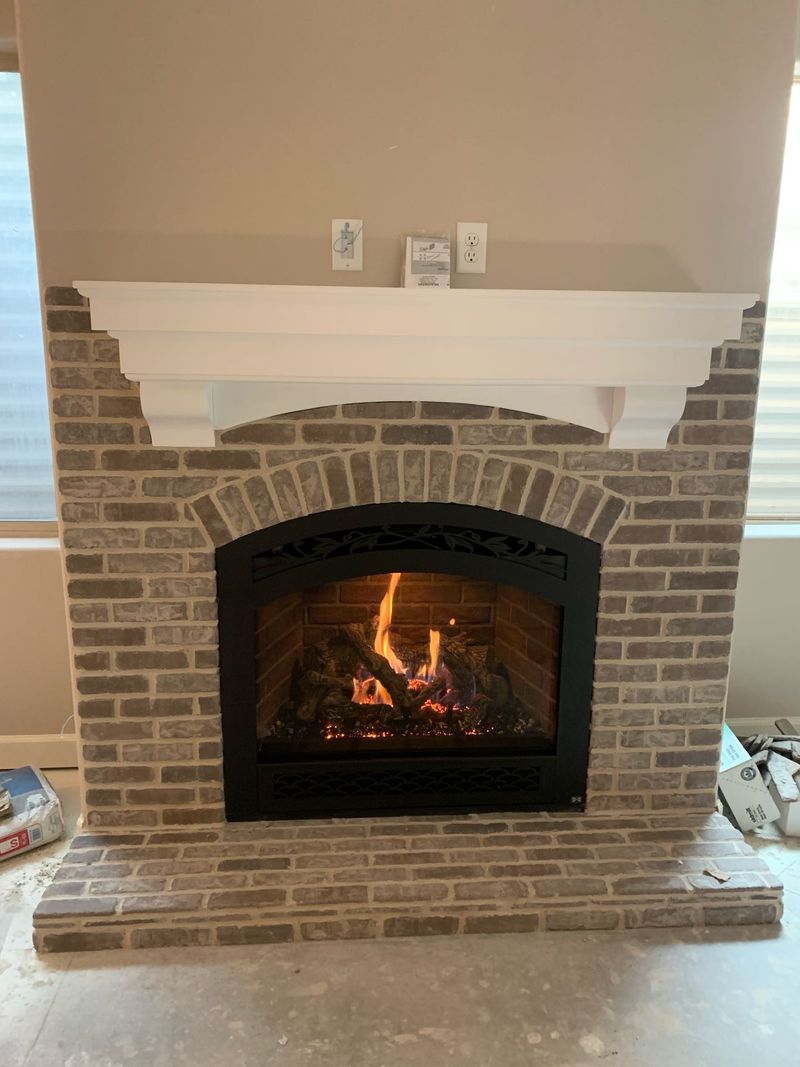
Utah’s winter inversion layers and air quality concerns are making traditional wood-burning fireplaces increasingly problematic. Salt Lake and Utah counties already restrict their use during winter months when air quality deteriorates, making these once-cherished features more hassle than they’re worth.
Forward-thinking homeowners are converting to gas inserts or electric options that provide ambiance without contributing to the valley’s pollution problems. Cleaner alternatives also eliminate the need for storing and hauling firewood.
A significant consideration as mountain homes expand into wildfire-vulnerable areas. The conversion typically costs between $3,000-5,000 but adds convenience while potentially improving a home’s resale value.
8. All-White Farmhouse Everything
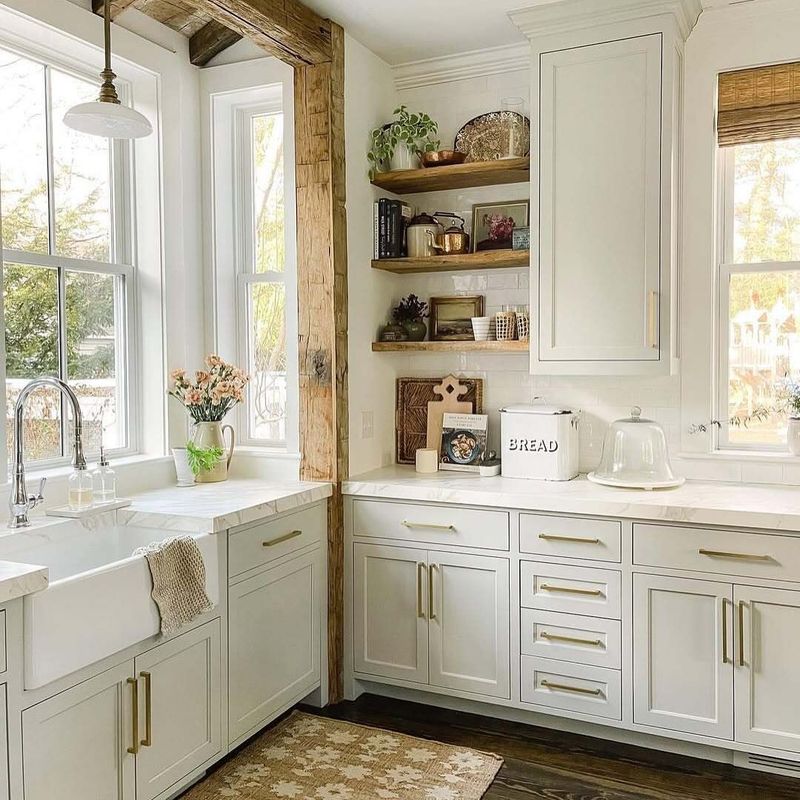
The ubiquitous farmhouse aesthetic that swept through Utah homes is showing definite signs of fatigue. Design professionals note that these once-fresh elements now read as generic rather than charming or authentic.
Utah homeowners are gradually embracing more personalized approaches that reflect the state’s unique heritage and natural surroundings. Warm earth tones, natural stone elements, and touches of color are replacing the sterile white-on-white palette that dominated recent years.
The shift acknowledges that Utah’s true architectural character draws more from mountain lodges, pioneer craftsmanship, and desert influences than from an imported farmhouse style. It never truly belonged in our Western landscape.
9. Word Art Typography Signs
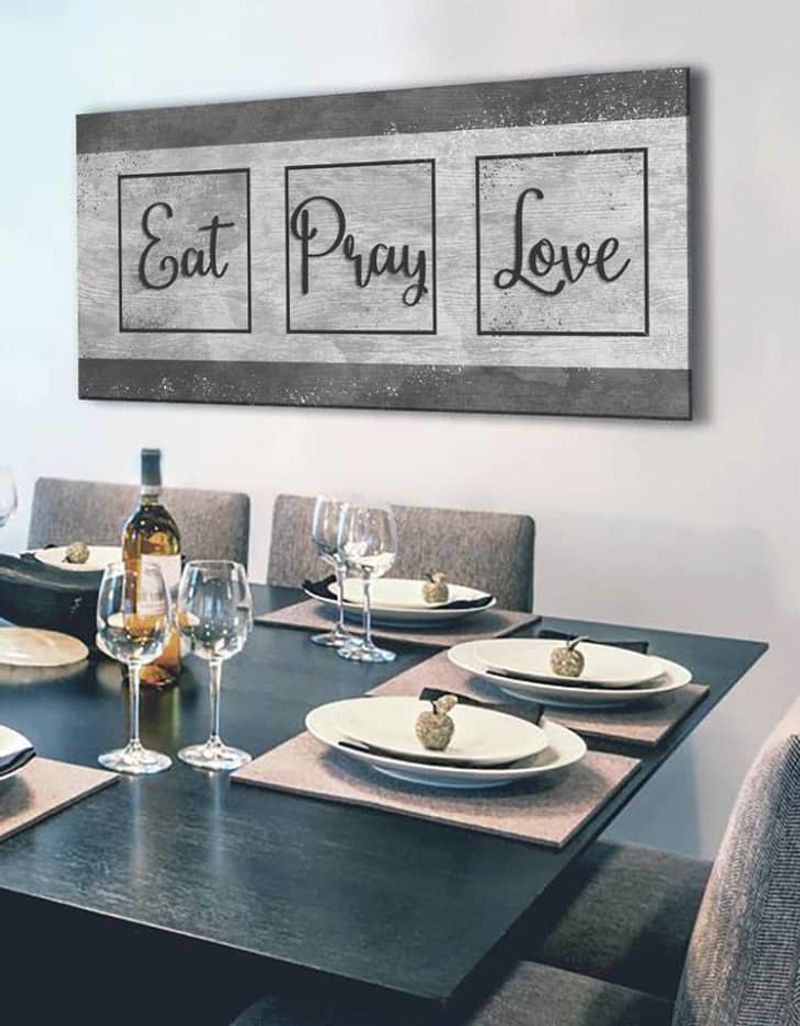
“Live, Laugh, Love” and its many cousins are finally losing their grip on Utah home décor. Mass-produced typography signs that once adorned walls across the state are increasingly seen as impersonal placeholders rather than meaningful expressions of a family’s values or personality.
Utah’s art community offers compelling alternatives, with local artists creating unique pieces that celebrate the state’s spectacular landscapes or pioneer heritage. Authentic family photos or children’s artwork creates more meaningful wall displays.
Interior designers report clients specifically requesting “no word art” during consultations. Signaling a decisive shift toward more authentic and personally significant decorative choices throughout Utah homes.
10. Gray-On-Gray Color Schemes

The cool gray palette that dominated Utah interiors for nearly a decade is rapidly warming up. Homeowners tire of spaces that feel clinical rather than welcoming. The monotonous gray-on-gray approach created visually flat environments that lacked personality and warmth.
Local paint stores report increasing demand for warmer neutrals and nature-inspired hues that better complement Utah’s spectacular outdoor scenery. Designers are introducing selective pops of color through accessories.
Also accent walls to create more visually interesting spaces. This shift acknowledges that Utah homes experience significant seasonal light changes, with warmer tones performing better during long winter months.
11. Barn Doors On Bathrooms
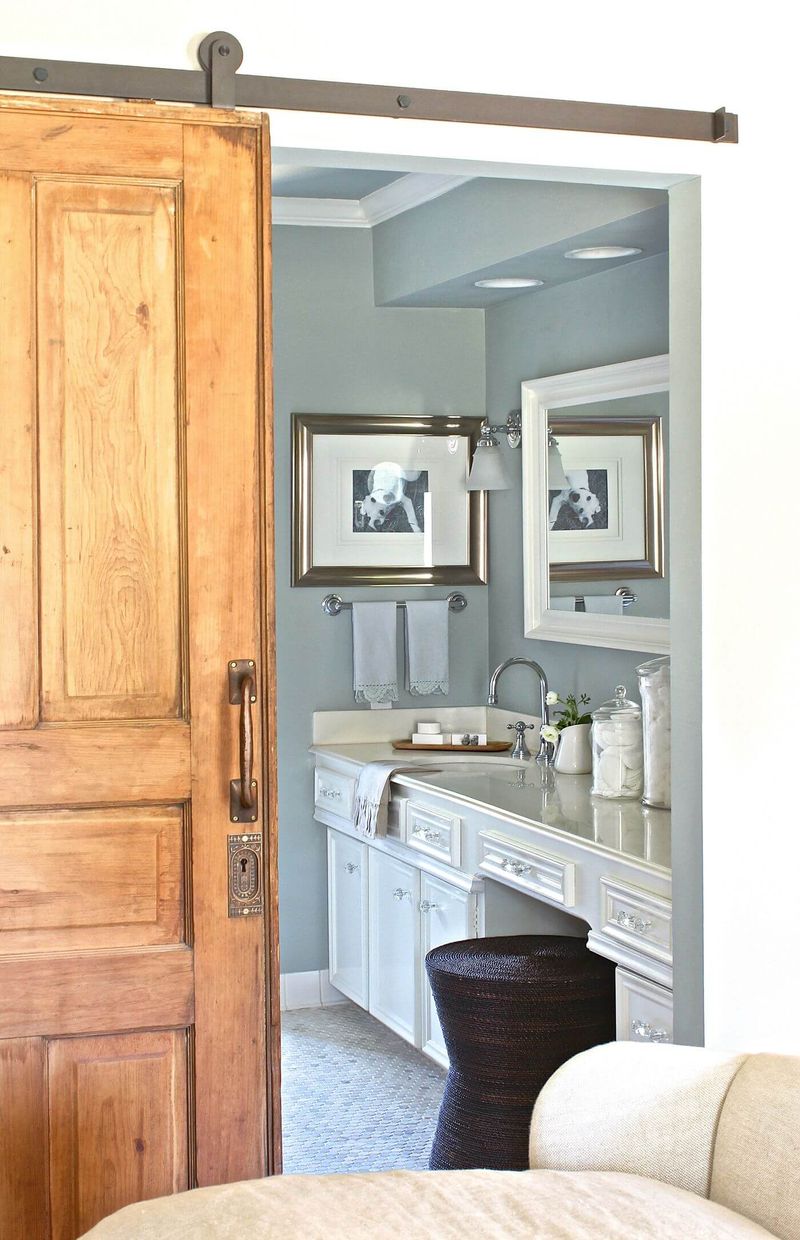
Sliding barn doors that appeared on bathrooms and bedrooms entrance throughout Utah are rapidly sliding out of favor. While visually interesting, these statement pieces have proven impractical.
Homeowners with young families particularly note the lack of proper bathroom privacy these doors provide. The hardware also tends to loosen over time, creating annoying operational issues that outweigh any aesthetic benefits.
Contractors report frequently removing these trendy installations in favor of traditional swing doors or pocket doors that offer better functionality. The reclaimed wood from dismantled barn doors is often repurposed into shelving or accent pieces.
12. Open Concept Everything
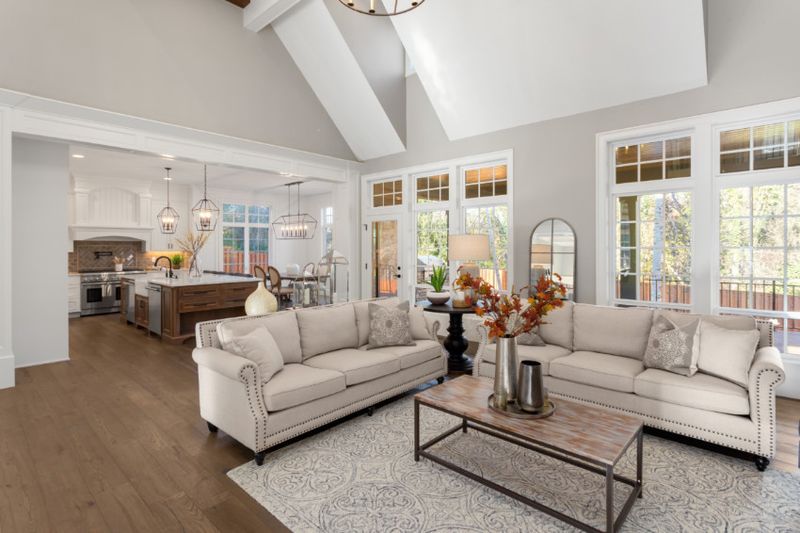
The pandemic permanently altered how Utah families view completely open floor plans. With more household members working and studying from home, the lack of acoustic and visual privacy in these spaces has become increasingly problematic.
Forward-thinking homeowners are introducing partial walls, sliding panels, and strategic room dividers that maintain connectedness while creating distinct zones for different activities. Thoughtful separations acknowledge that family togetherness doesn’t require constant visual access across every square foot of living space.
Local architects report increased requests for “broken plan” designs that balance openness with practical separation. Especially in homes where multiple generations live together.
13. Fast-Fashion Furniture

The disposable furniture trend is hitting a wall as Utah homeowners grow weary of replacing cheaply made items every few years. Environmental consciousness combined with rising disposal costs is pushing families toward quality pieces.
Local furniture craftsmen report surging interest in custom-built items made from sustainable materials. Many Utah families are discovering that well-made furniture actually costs less over time while supporting the state’s skilled artisans.
This shift aligns with Utah’s pioneer heritage of resourcefulness and self-reliance. Vintage and antique markets across the state are thriving as homeowners seek character-rich pieces with proven durability rather than following the latest catalog trends.

